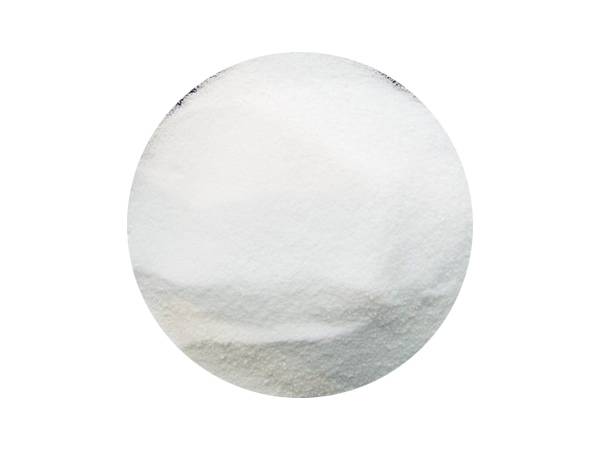



fire assay flux
Fire Assay Flux An Essential Component in Metallurgical Analysis
Fire assay has been a cornerstone technique in metallurgy and mineral analysis for over a century. Renowned for its accuracy and reliability, it is often employed to determine the concentration of precious metals such as gold and silver in ores and concentrates. One of the critical components that enhance the efficiency and effectiveness of the fire assay process is the flux.
What is Flux?
In the context of fire assay, flux is a mixture of materials that is added to the sample before heating. Its primary role is to facilitate the melting of the sample and to assist in the separation of valuable metals from the non-metallic components. Typically, fluxes are composed of four main components silica, lead oxide, sodium carbonate, and various salts. Each component plays a specific role in the overall process.
The Function of Flux in Fire Assays
1. Lowering Melting Point One of the primary functions of flux is to lower the melting point of the sample material. By lowering the melting point, the flux enables more efficient fusion of the metal present in the sample. This is particularly important for samples with high melting point metals, ensuring that they can be effectively retrieved during the assay process.
2. Promoting Homogeneity The introduction of flux helps create a homogeneous mixture that enhances the uniform distribution of the sample material. This homogeneity is crucial during the assay, as it ensures that the result obtained is representative of the entire sample rather than a skewed result from a localized area.
3. Capturing Impurities Flux also plays a vital role in capturing impurities and non-metallic elements present in the sample. As it melts and interacts with the sample, the flux binds with these unwanted components, allowing for the efficient separation of the precious metals. This not only aids in producing a purer final product but also minimizes contamination in the assays.
4. Improving Separation The flux aids in the separation of the slag from the metal phase during the cooling stage of the fire assay process. This is critical for obtaining an accurate measurement of the molten metal yield, as any residual slag could lead to erroneous conclusions about the concentration of precious metals in the original sample.
Types of Fluxes
fire assay flux

Different fire assay protocols may utilize different types of flux based on the specific requirements of the analysis. The most commonly used fluxes include
- Lead-based Fluxes These are traditional fluxes that have been used extensively in fire assay techniques. They provide excellent recovery of gold and silver but pose environmental concerns due to lead toxicity.
- Borate Fluxes These have grown in popularity due to their lower environmental impact. Borate fluxes can effectively fuse a wide range of samples while minimizing the formation of toxic waste.
- Sodium Carbonate Fluxes Sodium carbonate is an essential component of many flux mixtures, known for its ability to reduce metal oxides and enhance the recovery rates of precious metals.
The Future of Flux in Fire Assays
As the field of metallurgy continues to advance, so too does the need for improved fire assay methods. Research is actively being conducted to develop more efficient, cost-effective, and environmentally friendly flux options. The focus is not only on maximizing the recovery of precious metals but also on minimizing waste and environmental impact.
Additionally, advancements in automation and technology are transforming the way fire assays are performed. Modern laboratories are now incorporating high-throughput systems that rely on precisely measured flux compositions, leading to quicker and more reliable results.
Conclusion
Flux is an indispensable element in the fire assay process, playing a crucial role in the extraction and analysis of precious metals from ores and concentrates. As the industry evolves, a commitment to finding more efficient and sustainable flux options will be essential to ensure the continued success and reliability of fire assays. Understanding the significance of flux and its function within the fire assay framework is vital for professionals engaged in metallurgy and mineral exploration, ensuring that they can produce high-quality, accurate results conducive to informed decision-making in resource management.
-
Why Sodium Persulfate Is Everywhere NowNewsJul.07,2025
-
Why Polyacrylamide Is in High DemandNewsJul.07,2025
-
Understanding Paint Chemicals and Their ApplicationsNewsJul.07,2025
-
Smart Use Of Mining ChemicalsNewsJul.07,2025
-
Practical Uses of Potassium MonopersulfateNewsJul.07,2025
-
Agrochemicals In Real FarmingNewsJul.07,2025
-
Sodium Chlorite Hot UsesNewsJul.01,2025










